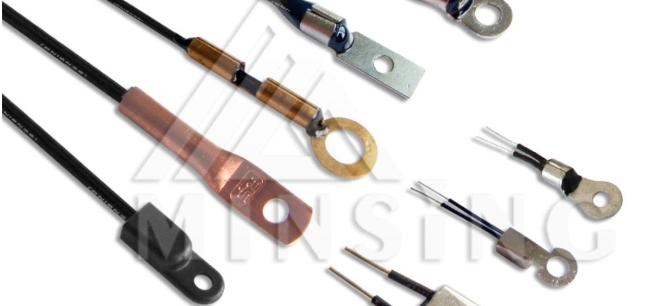As battery management systems (BMS) play an increasingly important role in the new energy industry, temperature monitoring has become a critical component in ensuring battery safety and performance. NTC (Negative Temperature Coefficient) temperature sensors, known for their accuracy and reliability, are essential in managing the temperature of batteries within BMS. In this article, we will explore the key applications of NTC temperature sensors in BMS, as well as common installation methods.
Key Applications of NTC Temperature Sensors in BMS
1. Battery Temperature Monitoring
NTC temperature sensors provide real-time monitoring of battery temperature, enabling BMS to precisely control it. By continuously collecting temperature data, BMS can make adjustments to maintain optimal battery temperature, ensuring safe operation and preventing overheating or freezing. This helps improve battery safety and prolong its lifespan.
2. Battery Thermal Management
During charging and discharging, batteries generate heat. NTC temperature sensors help manage this heat by monitoring temperature fluctuations. This ensures that the battery remains within the ideal temperature range, preserving both its performance and longevity. Effective thermal management is essential to prevent overheating, which can lead to reduced battery capacity or even damage.
3. Battery Fault Diagnosis
Another crucial function of NTC temperature sensors is assisting BMS in diagnosing battery faults. By analyzing temperature data over time, BMS can detect irregularities or abnormalities in battery behavior. Early detection of temperature anomalies can signal potential issues, allowing for timely repairs or replacements to prevent more severe damage.
Common Installation Methods for NTC Temperature Sensors in BMS
1. Terminal-Type Installation
In terminal-type installation, the NTC temperature sensor’s pin is directly inserted into the BMS socket. The temperature-sensing head is secured to the heat source using silicone grease or screws. This method is simple and convenient, making it a popular choice for various battery systems due to its ease of maintenance.

2. Solder-Type Installation
In solder-type installation, the NTC temperature sensor is directly soldered to the BMS circuit board. The sensing head is attached to the heat source using silicone grease or screws. This method is commonly used in small-scale applications, such as battery cells, where space is limited. It ensures secure installation and accurate temperature readings.

3. Surface-Mount Installation
Surface-mount installation involves placing a surface-mount NTC temperature sensor directly onto the BMS circuit board. The sensor is connected to the BMS power and ground lines via wires. This method is ideal for compact designs and ensures seamless integration into the overall circuit board layout, optimizing space within the BMS.

If you’re unsure which temperature sensor is best suited for your needs, feel free to share details about your application scenario and temperature range with Minsing. We will recommend and customize the most suitable temperature sensor for you.

Applications and Installation Methods of NTC Temperature Sensors in Battery Management Systems (BMS)
- Related recommendations: Qustomized Production to Your Needs
- keyword: 【NTC Temperature Sensors】
-
full name*
-
phone
-
email*
-
Company Name (optional)














